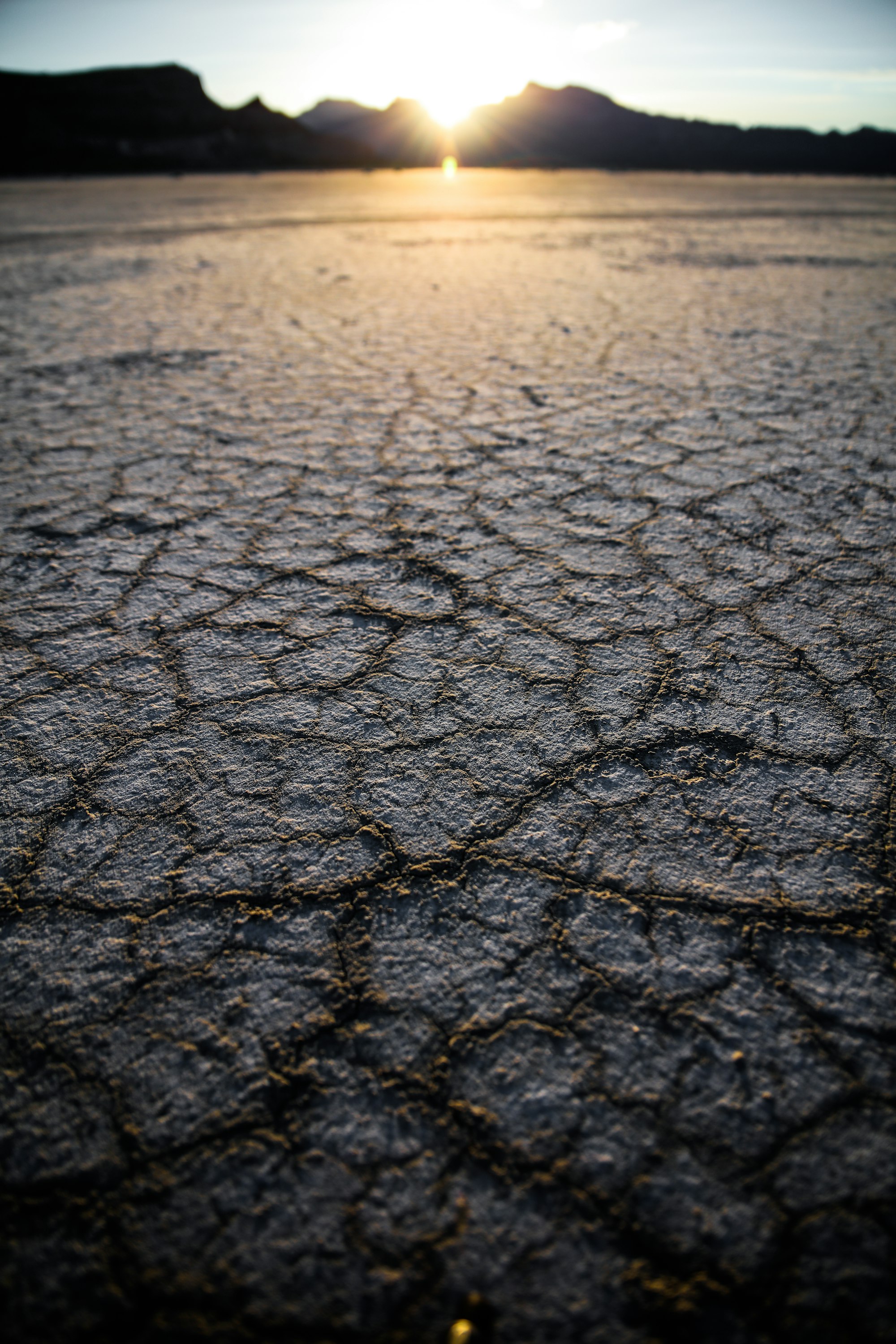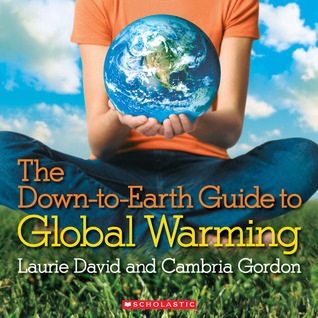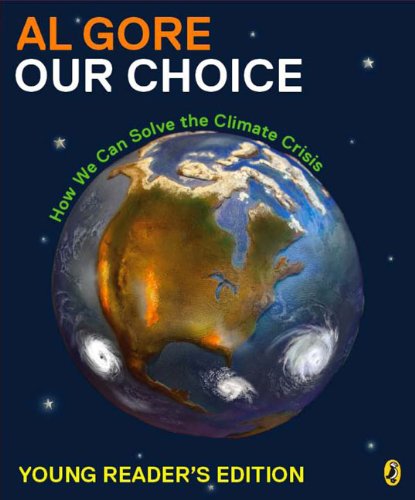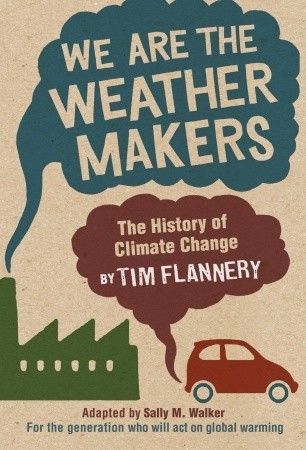Climate Change in Middle Years
Want to find some resources for teaching climate change in middle years? Check out this blog post!

Recently, the UN Intergovernmental Panel on Climate Change issued a report emphasizing the need to act to prevent further global warming. While many governments have agreed to act and limit warming to one degree Celsius, the UN organization emphasizes the importance of limiting warming to half a degree instead. This goal would mean half as many people would lack water, sea levels would rise by ten centimeters less, there would be fewer heat waves and droughts, and we could potentially save most coral reefs. However, this goal would require dramatic changes worldwide.
Climate change is a grave problem, and it can be overwhelming for adults, as well as students. Since it is a reality of our world, it's important to help students understand the main issues. Typically, as part of my social studies class, I ask students to complete a jigsaw about climate change. Different groups intensely study either the causes, effects, or solutions to climate change, and then teach others their specific topics. In the past students have used websites for research, but I have found the scientific information goes over students' heads. I have shifted to using more books geared to students, supplemented with some websites. Below is a selection of useful texts to help students better understand these topics.
-
NASA Global Climate Change - While some US government websites relating to climate change have been removed due to government influence, as of this posting the NASA website has excellent resources. The information can be challenging for students to parse, so a guided approach is best. Starting with the evidence page, students can explore key pieces of evidence that illustrate how we know global warming is happening. As well, the Climate Time Machine offers an interactive look at how the climate has changed over time and how it is projected to change. In addition to offering useful statistics, the website allows students to practice reading graphs, maps, and other charts.
-
Kurzgesagt Climate Change Videos - For older middle years students, check out some of these videos produced by Kurzgesagt. This video is a good primer on the climate crisis and the different routes of innovation, action, and efficiency that we need to follow to respond to it. This video discusses the issue of responsibility for the climate crisis. The videos are well researched and presented and sure to get students talking.
-
The Down-to-Earth Guide to Global Warming, by Laurie David and Cambria Gordon - This book is an excellent primer to help explain climate change to middle school students. Topics like causes, effects, and solutions are divided up into small pieces and accompanied by helpful illustrations and photos. The book is informative, while still being accessible to students.

- Our Choice: How We Can Solve the Climate Crisis (Young Reader's Edition), by Al Gore - Our Choice is a follow up to Al Gore's documentary An Inconvenient Truth, although be sure to use the Young Reader's Edition. While it covers causes and effects, it spends more time on solutions. It is divided into chapters that focus on various energy sources, such as wind power or solar power, and their potential for assisting with the climate crisis. It offers a more detailed dive into these topics, while still being understandable for students.

- We Are the Weather Makers: The History of Climate Change, by Tim Flannery, adapted by Sally M. Walker - Originally a book geared to adults, this adaptation for teens is a useful resource in middle and high school. It focuses more intensely on the effects of climate change and offers some fascinating examples of how it is affecting our world. It is fairly challenging as an independent read for middle school students, although chapters can be used successfully as a read aloud to prompt discussion.

Helping students understand the causes, effects, and solutions to climate change is important as the world continues to grapple with this issue. However, stopping there can run the risk of overwhelming students and having them turn away from the problem entirely. Next week, I will offer additional resources to better inspire students to take action to help their environment.
